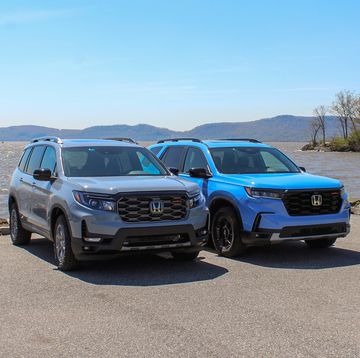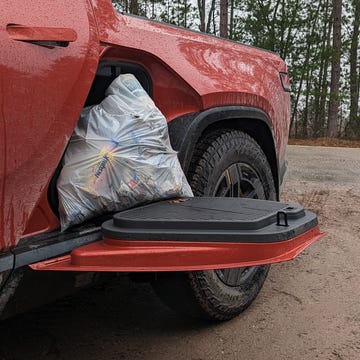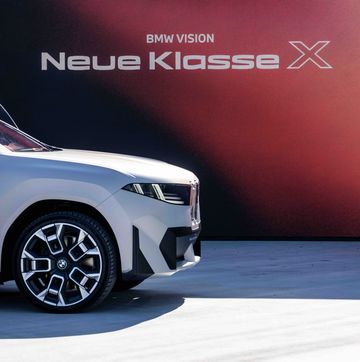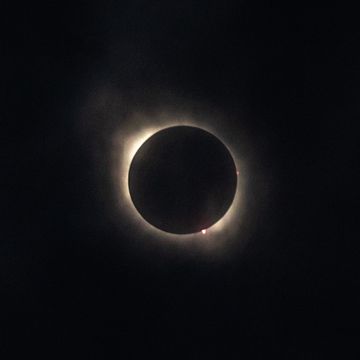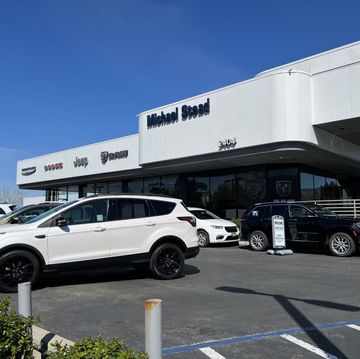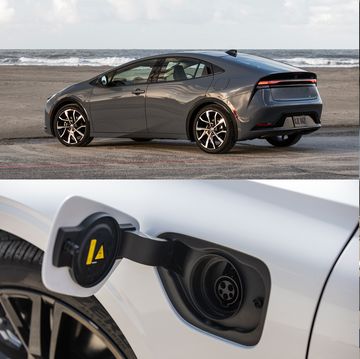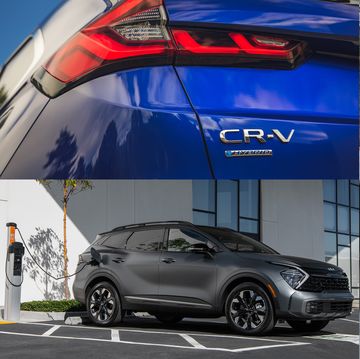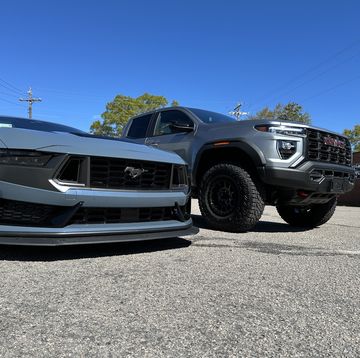Did you know that bicycles are treated as vehicles in all 50 states, which means they have the right to occupy a full travel lane? Me neither. That’s why the countryside is plastered in those “SHARE THE ROAD” signs. But it turns out that that particular sign is harder to deconstruct than an airline omelet, and it has the same effectiveness as no sign at all. Bogus, I thought, but it’s verifiably true, as demonstrated by 1824 respondents in a 2015 study of motoring perceptions, conducted by M. Nils Peterson and George Hess. On the scale of humorosity, it’s about as fun to read as student-loan applications. Evidently, though, if the sign makes onlookers think anything at all, this is what gets thought: Motorists believe it urges bicyclists to move the hell over to the right, and bicyclists believe it urges drivers to pass way the hell over in the oncoming lane, and I believe it urges civility, such that I shout at bikers: “Hey, looking good, chief. Did you lose some weight?”
The sign’s wording is worth considering because most U.S. cities boast bicycle mortality rates about double those in other developed nations. Say Peterson and Hess, the “SHARE THE ROAD” sign has a “high semantic distance,” meaning it doesn’t portray what it is intended to represent—like presidential candidates—although the folks who devise our nation’s signage probably don’t fancy themselves as T.S. Eliot anyway. Turns out, a replacement sign that has a superlow semantic distance and is understood by 95 percent of everybody is “BICYCLES MAY USE FULL LANE.” Hah! That wasn’t hard, was it? Delaware has already dumped its old “SHARE” signs, and the rest of the nation will likely follow.
Of course, obfuscational signage is older than popes on a pension. A sign I see every day reads, “NO PARKING, BUS STOP.” Except the one thing that surely parks and stops there is the bus. I’d be more comfortable with something like “PLEASE GLIDE ON THROUGH OR A BUS WILL DRIVE UP YOUR COLON.” Or, as you’ll see at most airports, “NO STANDING, CARS TOWED AWAY.” For starters, “AWAY” is redundant, because towing can’t lead anywhere but away. More important, if you’re “standing,” it means you’re in the driver’s seat, waiting, and if the tow truck at that point carries you and your car away, I think that’s kidnapping. A clearer sign would be “STANDERS WILL BE HELD FOR RANSOM.”
The sign “NO PARKING ON PAVEMENT” seems to encourage us to park on sidewalks or grassy knolls. Whenever I’ve seen the sign “LANE DROP AHEAD,” I’ve always ached to be carrying a passenger named Lane so I could give him a little surprise. And what shall we make of those “DIP” signs? All roads have dips, often behind the wheel. What I need to know is whether this is a slight swale or a dip similar to an open-pit copper mine.
One roadway sign that slows my pace is “NO PEDESTRIANS, BICYCLES, MOTOR-DRIVEN CYCLES.” I have to read through this one carefully to see if I’ve been named. Wouldn’t “STAY OUT” have been simpler? Here’s another: “NO NON-MOTORIZED TRAFFIC.” My English teacher forbade the use of double negatives, requiring, as they do, the reader to set aside a jot or two for decoding. When I lived in Canada, I had to be told what “ADVANCED GREEN” meant—namely, a flashing green light telling the driver that oncoming traffic has a red light. And “OFFICIAL VEHICLES ONLY” has always offended me, because my registration includes a box for “vehicle type,” meaning it’s very much officially a kind of vehicle, as confirmed by the state.
Where I grew up, I used to encounter a sign at traffic lights that said, “MOVE FORWARD TO ACTIVIZE SIGNAL.” Whenever my mother encountered those signs, she threatened to leap out with a Sharpie to replace “activize” with “activate.” Near our old Hogback Road HQ, a sign at the top of a hill warned, “BRAKING MAY BE REQUIRED.” I wanted to take my mother’s Sharpie and add, “Also steering, thinking, food, rest, breathing, possibly a little sex if we’re lucky.”
To this day, the sign “NO VEHICLES WITH LUGS” baffles me. Nick Nolte is a big lug. Thugs, maybe? Studs? Here’s another enigma: “DEAF CHILD AREA,” which perhaps describes the area in which the child is deaf, which would be around his ear area. Here’s one that thwarts even medical professionals: “AUTISTIC CHILD.” I can’t imagine what I’m to do in response. Are autistic kids difficult to see?
In my former home in Pinckney, Michigan, there was a vandalized sign that said, “NO PARKING HERE TO . . . MONDAY.” To be safe, I parked there only on Mondays.
Finally, there’s one sign that affected my outlook. It reads, “END.” You see a lot of “END” signs in New York City, and I think it somehow refers to the quality of life you’ll be enjoying there if you’re a motorist. So I moved to Montana. No “END” signs here. That’s because we strive to maintain a high semantic distance.
From the June 2016 issue


